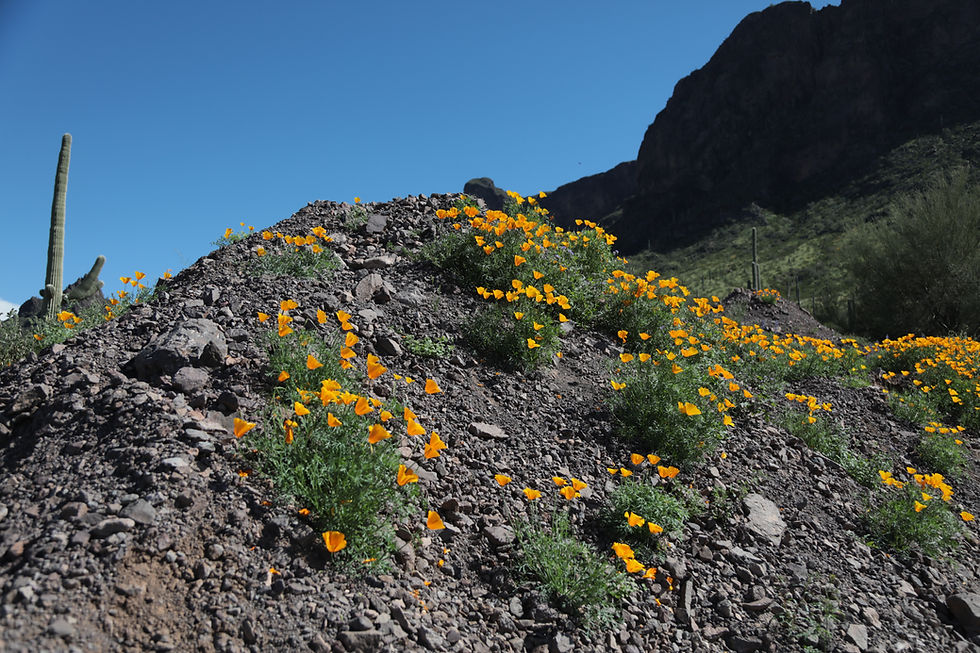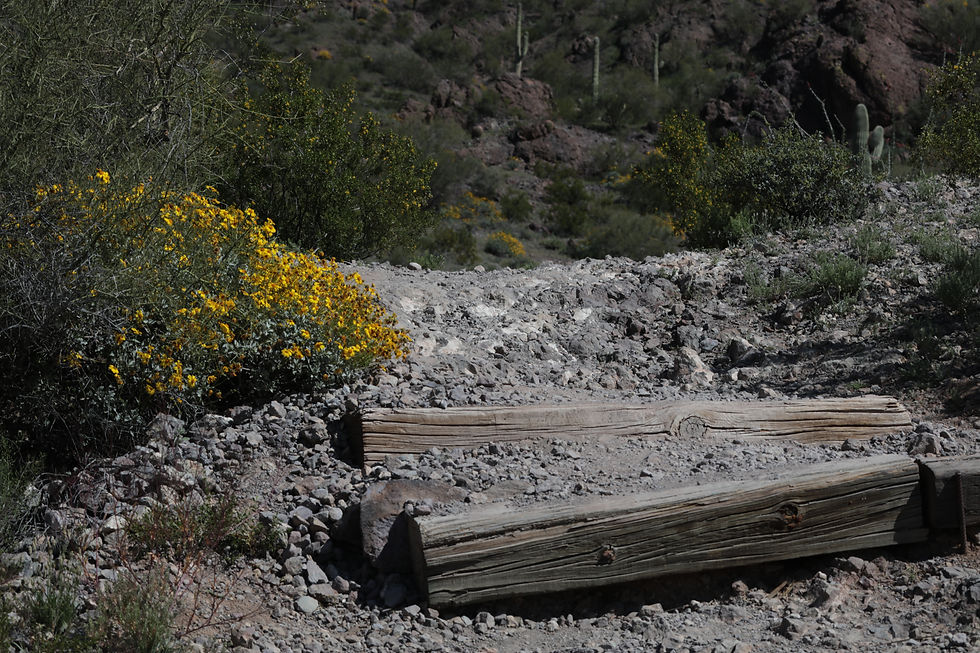Picacho Peak State Park is a state park surrounding Picacho Peak in Picacho, Arizona. The park is located between Casa Grande and Tucson near Interstate 10 in Pinal County. The place name is redundant: "picacho" means "peak" in Spanish.




"The unique shape of the 3,374 (1,028m) foot summit of Picacho Peak has been used as a landmark by travelers since prehistoric times. One of the first recordings was in the 1700’s by the Anza Expedition as it passed through the area. In 1848, the Mormon Battalion constructed a wagon road through Picacho Pass. The forty-niners on their way to California used this road. In the late 1850’s, the Butterfield Overland Stage was carrying passengers through this area.
Picacho Peak’s most noted historic event occurred on April 15, 1862, when Confederate and Union scouting parties met in the Battle of Picacho Pass. A Union cavalry patrol from California skirmished with Confederate scouts from Texas, and three men were killed. This marks the second westernmost battle of the American Civil War. Every year during early March, there are reenactments of the battle and other demonstrations of Civil War military history.
Picacho Peak is not a volcanic cone, but is part of a volcanic flow that has been partially eroded away. It has long been known for its spring display of wildflowers. If rains come at the right times in the winter, the spring will bring an explosion of gold to the bajadas (consists of a series of coalescing alluvial fans along a mountain front. These fan-shaped deposits form by the deposition of sediment within a stream onto flat land at the base of a mountain) of the mountain that appear as a tapestry of color. The wildflowers are predominantly Mexican Gold Poppies."
Along the roadway from Phoenix to Picacho Peak, globe mallow were found in abundance. Although most globe mallow plants produce orange flowers, they can be pink, purple, white, red and shades in between.





Globe mallow attract hummingbirds as well as butterflies.

Historically, globe mallow were used by Native Americans for medicinal purposes such as treating diarrhea, sore throats, eye diseases as well as skin disorders. Their roots were used for upset stomachs and poultices were made for treating swollen joints and broken bones.
Globe mallow is also called "sore eye poppy" because people have strong symptoms after touching the flower and then inadvertently touching their eyes.


Poppies and lupine dotted the hillsides





















Brittle bush were in abundance by the Sunset Vista Trailhead.










A hawk was circling and circling.

As seen from the Sunset Vista Trailhead, globe mallow were stretching out as far as the eye could see.

With the temperature in the low 80's, it was a beautiful day to explore Picacho Peak State Park.




